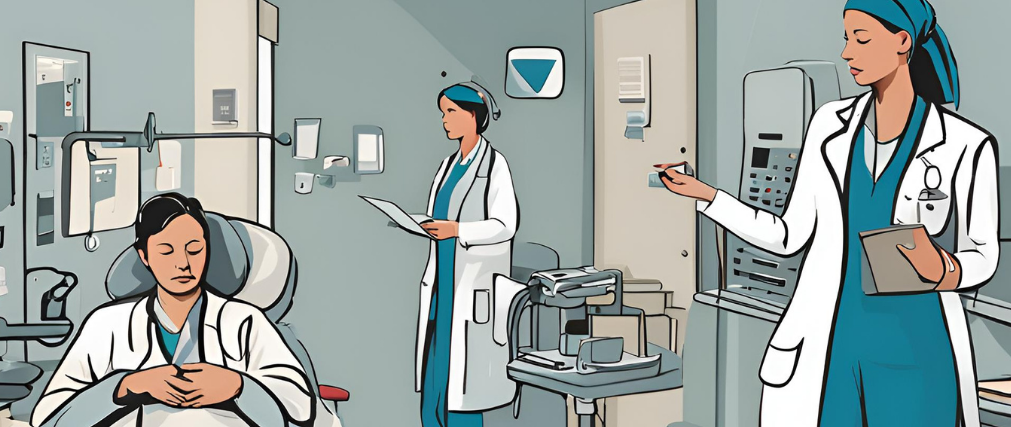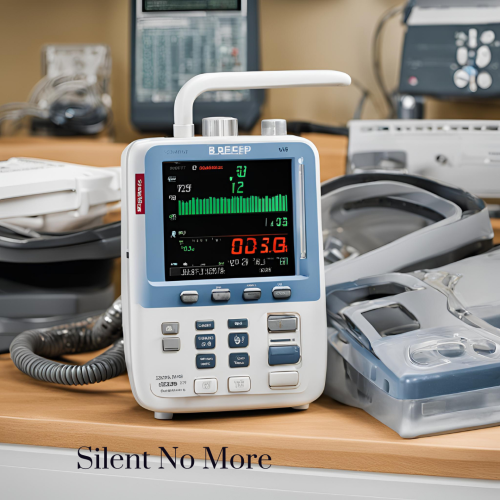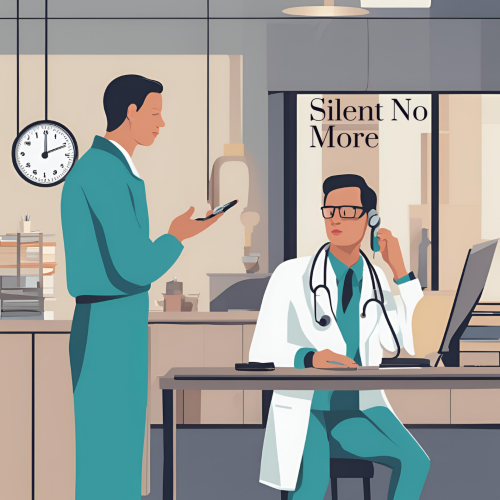Noise Levels in Emergency Departments: A Not-So-Silent Issue

Introduction:
Ever wondered why emergency departments (EDs) often feel like the noisiest places on Earth? Well, you're not alone. Noise in EDs is more than just an annoyance; it can impact both patient recovery and the well-being of healthcare professionals. Let's dive into why noise matters and what we can do about it.
Why Noise in EDs is a Big Deal:
- Impact on Patients:
- Sleep and Recovery: Imagine trying to sleep in a rock concert—sounds tough, right? Excessive noise in EDs can disrupt patients' sleep, leading to longer recovery times and a higher need for medications.
- Stress Levels: Patients exposed to high noise levels tend to be more stressed. And no, it's not just the anxiety of being in a hospital; it's the constant barrage of alarms, conversations, and equipment noise.
- Patient Satisfaction: Believe it or not, patients rate their care based on how peaceful their environment is. Quieter spaces often translate to higher satisfaction.

- Impact on Staff:
- Burnout Risk: EDs are high-stress environments, and adding noise to the mix is like throwing gasoline on a fire. It can lead to quicker burnout and decreased job satisfaction.
- Communication Issues: When staff can't hear each other over the din, it can lead to miscommunication, which is a serious risk in healthcare settings.
What Causes All This Noise?
- Equipment and Alarms:
- Ever heard the saying, "If it's not beeping, it's not working"? EDs are filled with equipment that seems to love making noise, from vital sign monitors to infusion pumps. These alarms are crucial, but when they all go off at once, it can be overwhelming.
- Conversations:
- Staff discussions, patient consultations, and the odd "How's it going?" all contribute to the noise. While communication is key, in EDs, it can become a symphony of chaos.
- Paging Systems:
- The paging system is like the DJ of the ED, constantly interrupting with announcements. While necessary, it's another layer of sound that adds to the overall noise level.

How Does All This Noise Affect Everyone?
- Patients:
- Increased Medication Needs: Studies show that patients in noisy environments often require more pain medication. Why? Because noise-induced stress can amplify pain and slow down healing.
- Longer Hospital Stays: High noise levels have been linked to longer hospital stays. It’s like being stuck in a never-ending loop of discomfort.
- Staff:
- Stress and Fatigue: Constant noise wears down staff, making them more prone to errors and reducing their ability to provide top-notch care.
- Reduced Job Satisfaction: A noisy environment can make even the most dedicated healthcare professional feel drained, leading to lower job satisfaction and higher turnover rates.
Strategies to Turn Down the Volume:
- Physical Environment Modifications:
- Sound-Absorbing Materials: Think of it as giving the ED a soundproof makeover. Installing materials that absorb sound can significantly reduce noise levels.
- Layout Changes: Rearranging spaces to minimize sound transmission can make a big difference. For example, placing noisy equipment away from patient areas can help create a more serene environment.
- Staff Training:
- Noise Awareness: Educating staff about the impact of noise can encourage them to speak more softly, use quieter equipment, and be more mindful of their environment.
- Communication Techniques: Implementing hand signals or other non-verbal communication methods can reduce the need for loud conversations.
- Technological Interventions:
- Alarm Optimization: Adjusting alarm settings to reduce false alarms can cut down on unnecessary noise.
- Visual Noise Indicators: Installing visual noise indicators can alert staff when noise levels are too high, helping them to take action before the environment becomes overwhelming.

Conclusion:
Noise in EDs is more than just a background nuisance; it’s a significant factor affecting patient outcomes and staff well-being. By taking steps to reduce noise—whether through environmental modifications, staff training, or technological innovations—we can create a more peaceful and effective healing environment. And let's face it, who wouldn't prefer a little more "shhh" in the ER?